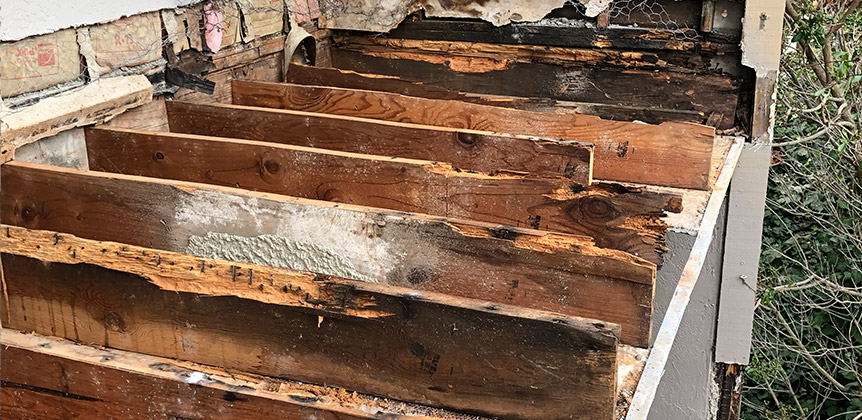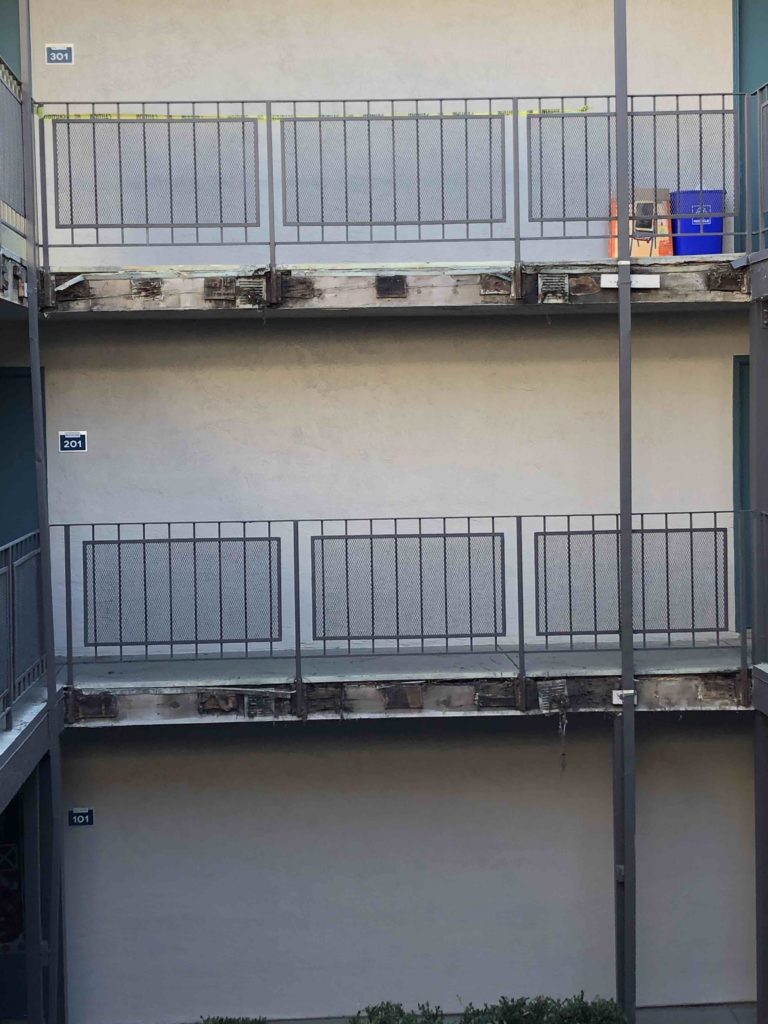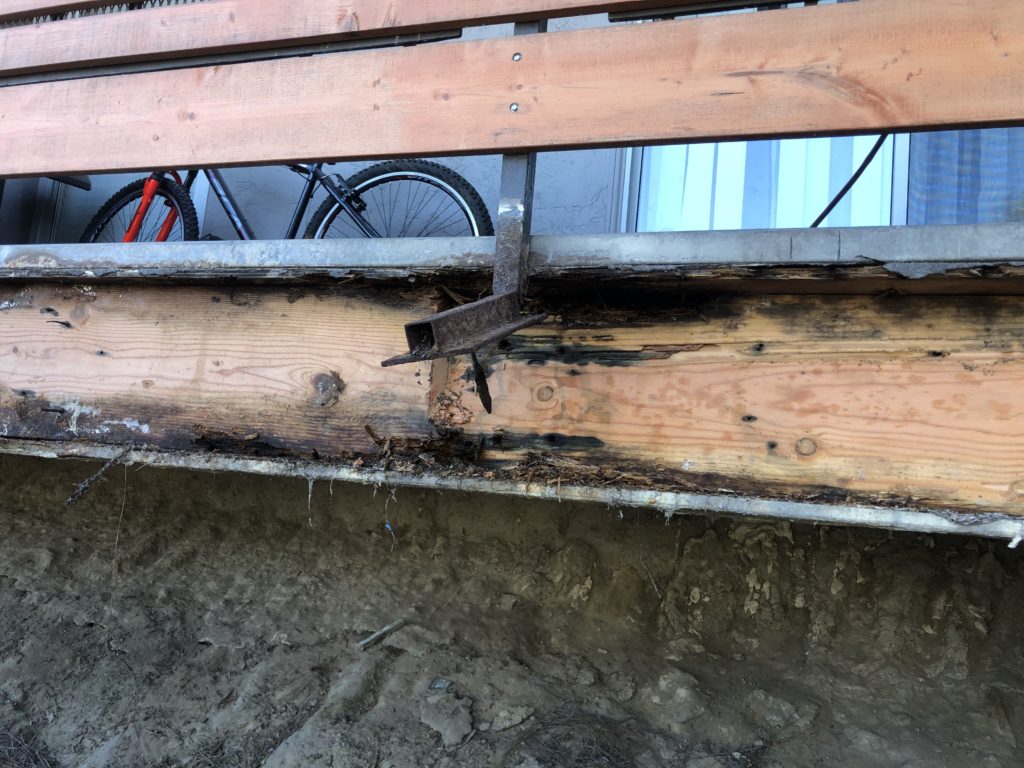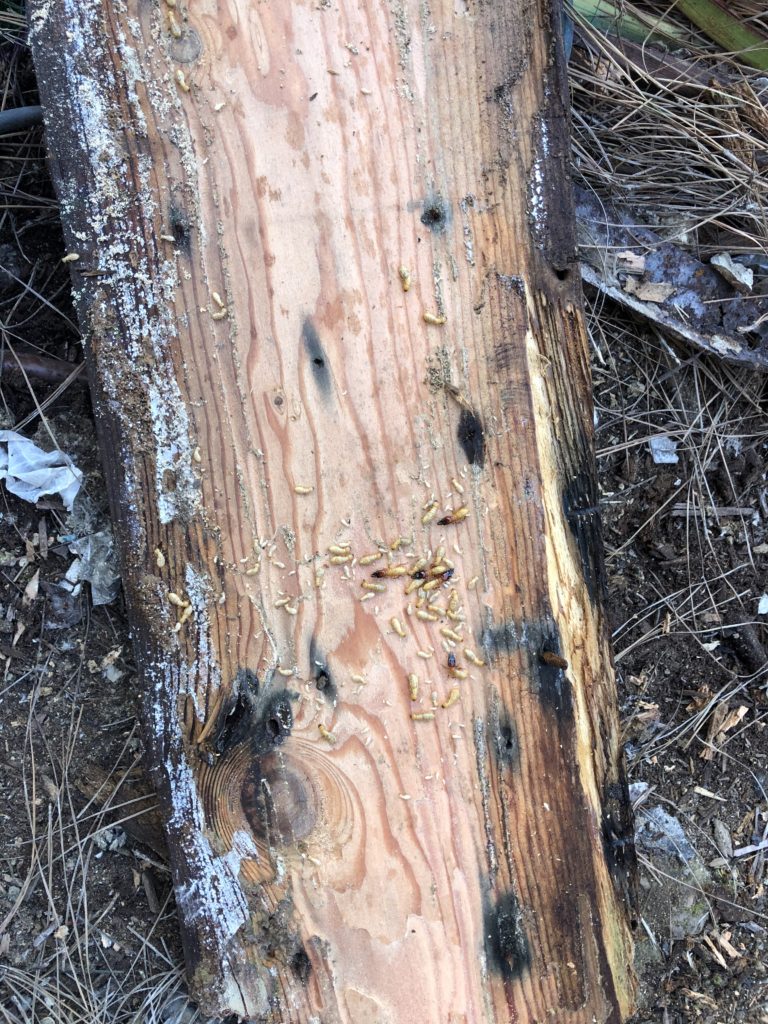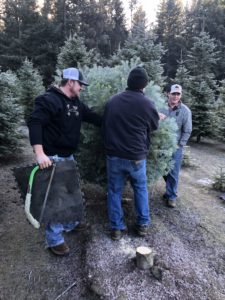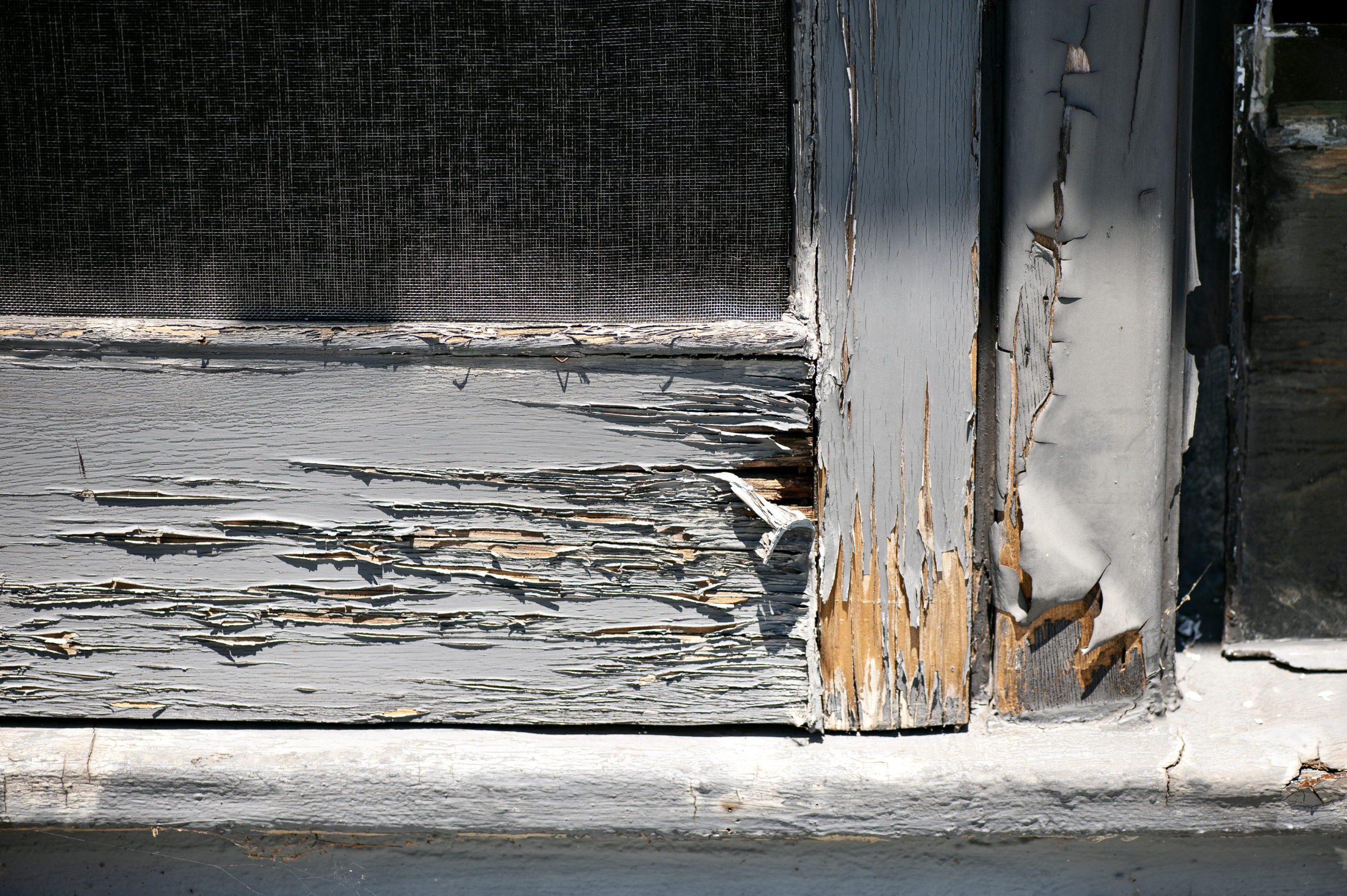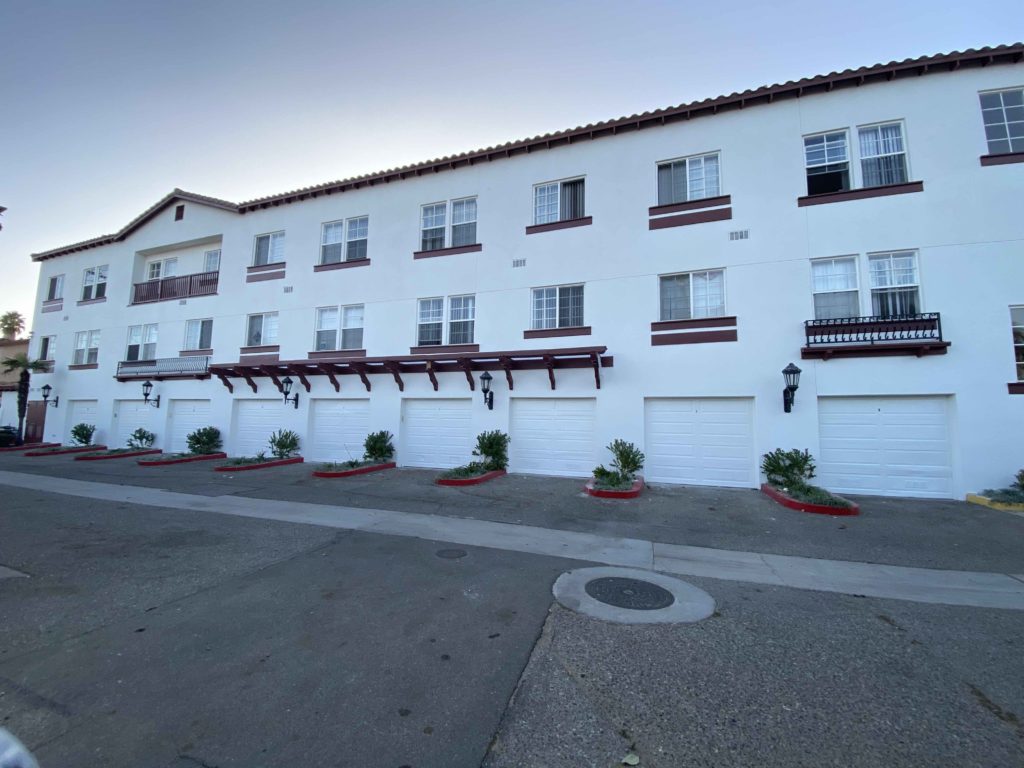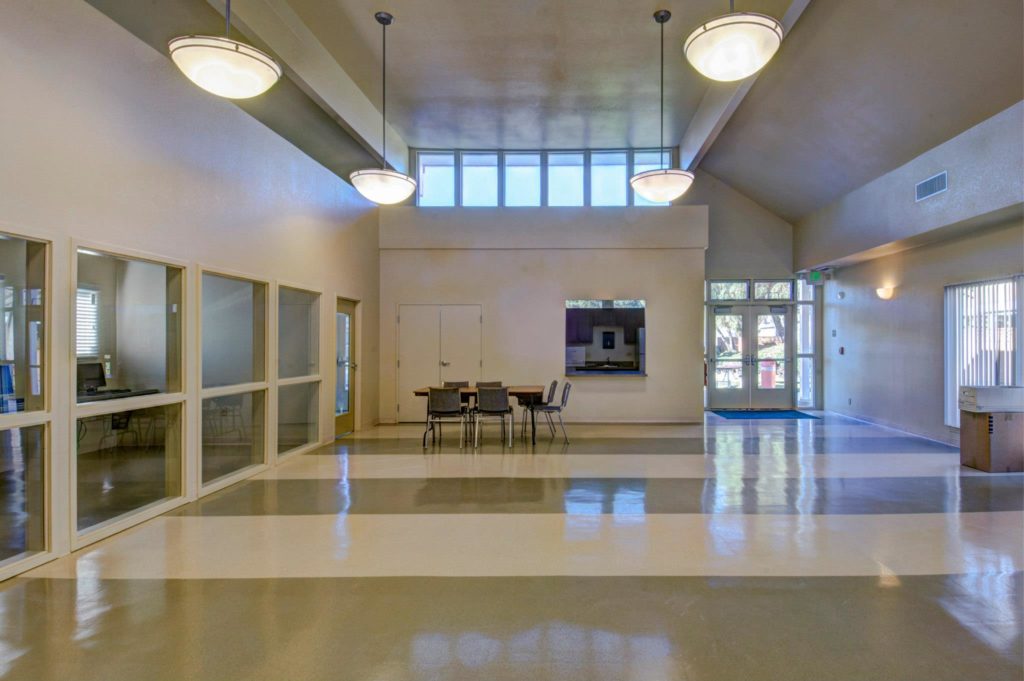
4 Reasons to Repaint Your Office Space
As team members return to the office from working from home for more than a year, it’s the perfect time to give your office space a facelift. For many of us, the office is where we spend the majority of our day and is often considered a second home.
Why not make your employees’ second home comfortable, fresh, and welcoming?
Check out our reasons to schedule an interior repaint this fall:
- Increased Productivity. Did you know the colors you choose can directly increase or decrease productivity in the workplace? Depending on what your industry is, the color palette you choose for your interiors can differ. Read this short article and fantastic infographic illustrating colors and moods.
- Boosted Morale. A freshly painted office space may be the right medicine for a boost in employee morale. Have you ever spent an afternoon reorganizing your bedroom or living room space? When you’re all done you love the new look and feel, making you enjoy the space even more. The same principle applies to an office repaint. It gives everyone something to look forward to when coming to the office and a renewed sense of pride in their space.
- Customer Perception. Give your customers a priceless first impression as they enter through your front doors. Whether you want to welcome them with warm tones, or utilize colors to navigate your office space, the decision is up to you. Here is a great article further explaining how colors can impact the perception of customers.
- Protection and Preventative Maintenance. Why wait for your walls to show age and deterioration. Paint protects the surface of the walls where the substrate may be absorbing moisture and improves air quality by decreasing the dust and allergens on the walls. When you have B. Taylor Painting repair wall damages and repaint all interiors, you will save money in the long run. If you wait decades to repaint, you will have more repairs or potential issues, creating a larger bill. This is why we suggest repainting interiors every 5-10 years and being proactive with any minor damages.
If it is time to give your office a new look as your team rolls into Q4, give us a call and we would love to get your project
on the schedule
on the schedule

